FIELD NOTES
Monarchs on the Edge: Stopover at Cape May Point
Every fall, as the air sharpens and goldenrod blooms in swaying bursts of yellow, a breathtaking natural drama unfolds at the southernmost tip of New Jersey. Here, at Cape May Point, thousands of monarch butterflies arrive in a slow-motion wave, funneled by the geography of the Atlantic Flyway to this narrow peninsula. It’s not just a scenic pit stop—it's a critical decision point in one of the most extraordinary migrations in the animal kingdom. These delicate-looking insects have already traveled hundreds, even thousands, of miles from as far north as Canada. Now, standing at the edge of the continent, they face a high-stakes evolutionary crossroads: to cross the open waters of Delaware Bay, or to wait. For such a small creature, the gamble is enormous. Favorable winds and warm thermals might carry them safely across—or a poorly timed flight could end in exhaustion and drowning. So, many monarchs linger here, clustering in the trees and refueling on nectar-rich flowers in the dunes and meadows. Observers walking the trails of Cape May Point State Park might suddenly witness a tree shimmering with orange, or a “monarch cloud” lifting off in the sunlight. This mass congregation isn’t just a spectacle—it’s a snapshot of evolutionary strategy in action. Monarchs that make wise timing decisions, conserve energy, and follow the right cues are more likely to reach their wintering grounds in the mountains of central Mexico. There, they'll roost by the millions in oyamel fir forests, resting until spring invites them north once more. Cape May has become a legendary monarch waypoint not just for the butterflies, but for scientists and nature lovers, too. It’s one of the few places where you can see evolution, migration, and survival play out in real time—proof that even the smallest wings can carry the weight of wonder. | |
 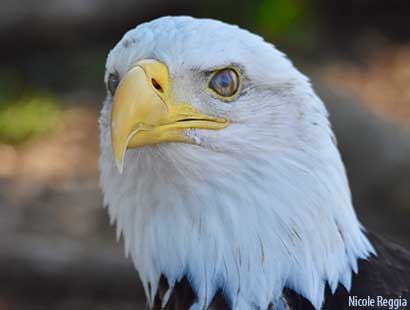
The Nictitating MembraneBald eagles, like other birds, have incredible eyesight. To help their vision stay sharp, they have the help of an inner eyelid called the nictitating membrane or plica semilunaris. This membrane is clearly visible, mid-blink, in the picture above and can be captured with a fast shutter speed camera. Eagles and other birds have three eyelids: top, bottom and horizontal. As the bird blinks, the nictitating membrane slides horizontally across the eye beginning in the inside corner, closest to the beak, then moves across to the outside corner. In addition to protection while attacking prey, this membrane keeps the eye moist and clear of dust. And, because the membrane is transparent, eagles never lose sight of their prey when the membrane draws across the eye. In most mammals, there is only a small vestigial remnant of the nictitating membrane in the corner of the eye. However, polar bears, aardvarks, camels, seals, marsupials and monotremes do have fully functional membranes. A good video of a crocodile's nictitating membrane in slow motion can be viewed here: The first anatomical description of the nictitating membrane in the eye was made by an English biologist named Richard Owen in 1866. In the context of human evolution, we, too, have a remnant of this membrane in the corners of our eyes. If you look in a mirror at the inner corner of your eye, you will see a small fold of pink tissue which is the vestigial remnant of the nictitating membrane. Vestigial organs are things in our anatomy like our appendix and wisdom teeth that are left over remnants from a time in early human evolution when we needed them for survival for grinding leaves and digesting our food.
The reason that primates lost the real function of this membrane is because evolution, by natural selection, takes away functions and organs that are no longer necessary for survival. There have been rare cases of persistent nictitating membranes found in our species which you can read about and see here: A rare case report And the same report with pictures in the 2017 Indian Journal of Ophthalmology can be viewed here: Persistent unilateral nictitating membrane in a 9‑year‑old girl: A rare case report To read about other interesting human vestigial organs and functions, please see here. 7 Vestigial Features of the Human Body | |
Know Your Flies | |
Glass gem corn is a unique variety of rainbow-colored cornYou can learn all about Nicole's homegrown gem corn featured on Dr. Jerry Coyne's website: Why Evolution is True. 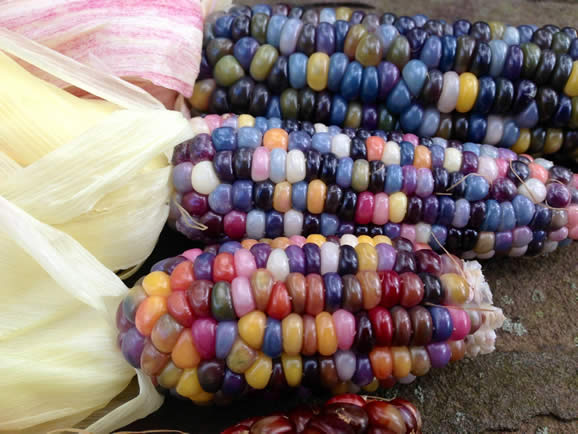
| |
 Crystal RiverEvery winter West Indian manatees travel into the warm 74-degree waters of Crystal River, Florida. The Crystal River National Wildlife Refuge is a unique refuge that preserves the last unspoiled and undeveloped habitat that forms the headwaters of Crystal River. It is also home to a variety of wildlife including otters, alligators, bald eagles, raptors, and another 200 species of birds. Despite their massive size, manatees are graceful swimmers in the coastal waters and rivers. Manatees are air-breathing, water-dwelling mammals related to elephants and they can grow up to 12 feet long and weigh up to 3500 pounds. These large animals are herbivores and adult manatees are voracious grazers eating weeds, water grasses and algae. Manatees have an average life span of 40 years but can live 60 years or more. Manatees are endangered and are often accidently hit by motorboats and sometimes become entangled in fishing nets. Ultimately, loss of habitat is the most serious threat facing manatees. Our friends at River Ventures in Crystal River, Florida provided us with an unforgettable experience and connection with these amazing animals. River Ventures is a family owned and operated manatee swim tour company and educational facility. Special focus is placed on educating the public on safety, conservation, history and behaviors of manatees and the federal and state laws regarding swimming with these beautiful animals. If you have ever wanted to see these fascinating, shy and gentle creatures, consider a tour with River Ventures. Visit our friends at: www.riverventures.com Tell them we sent you! | |
How Elephants Listen with Their Feet | |
Beekeeping in winter
In winter, honeybees gather in a central area of the hive and form a "winter cluster". A winter cluster is much like a huddle you may have seen at a football game-except it lasts all winter. Bees have one main job in the winter-to keep the queen safe and warm. In order to do so, worker bees surround the queen and form a cluster with their bodies. The worker bees then flutter their wings and shiver. The constant motion keeps the temperature of the hive warm. Though the queen is always at the center of the cluster, worker bees rotate from the outside to the inside of the cluster, so no individual bee gets too cold. |
Video written by Nicole Reggia, Produced by Dave Bock, Now That's Wild.com
- Red foxes live around the world in many diverse habitats including deserts, mountains, grasslands and forests. The red fox's resourcefulness has earned it a legendary reputation for intelligence and cunning. |

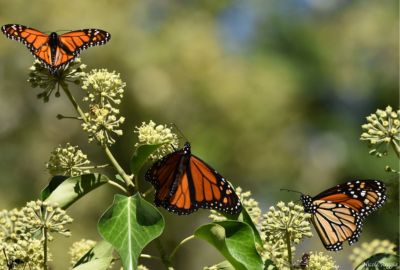

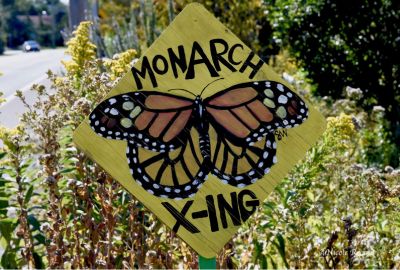



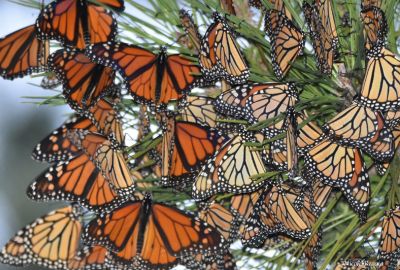
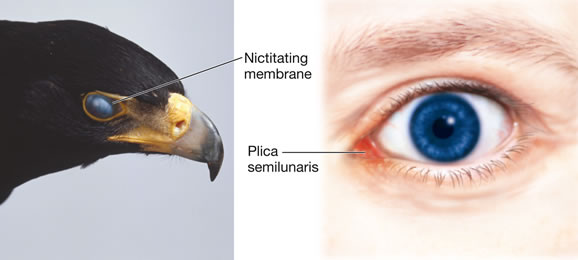
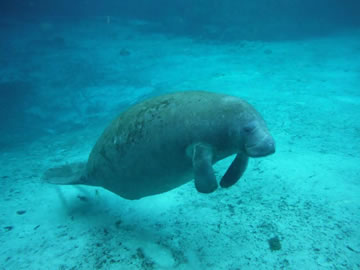
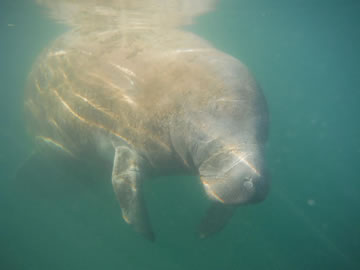
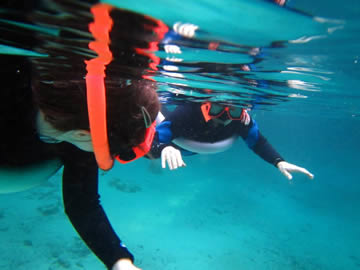
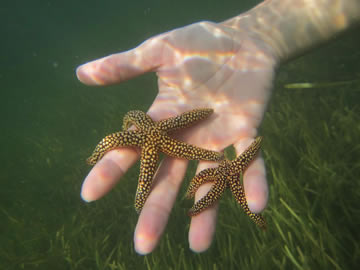
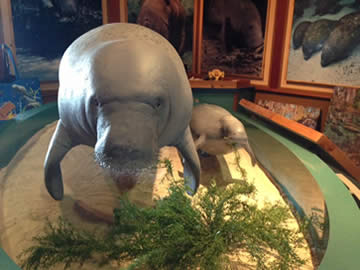
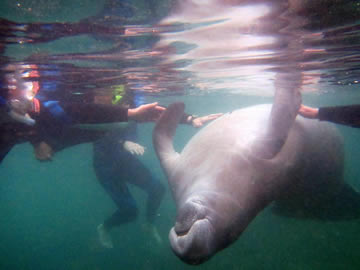
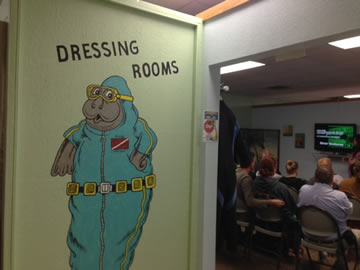
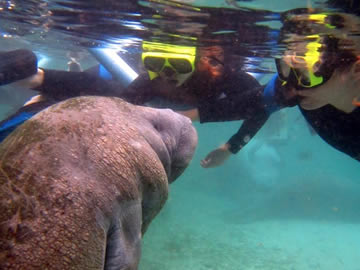

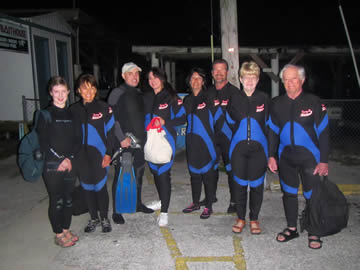
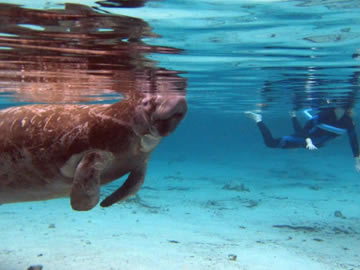
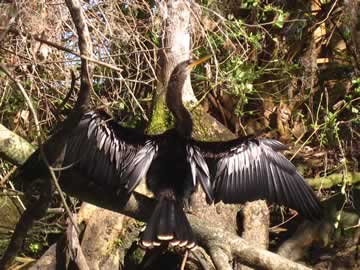
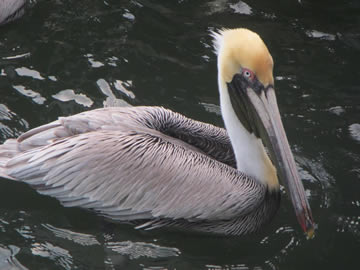
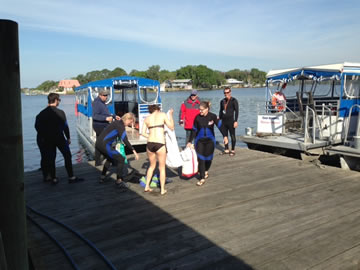
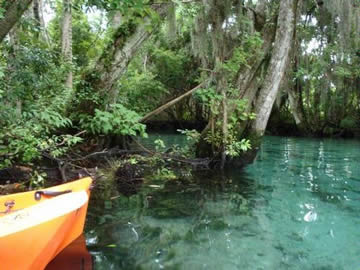
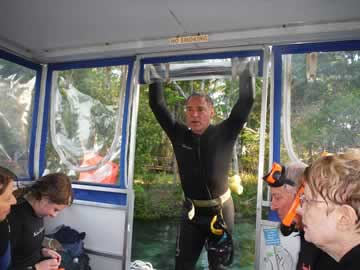
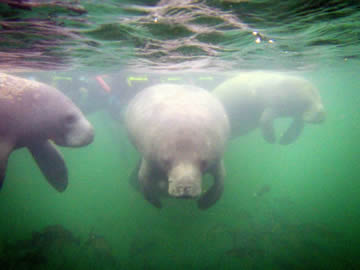
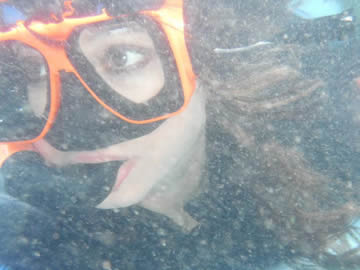

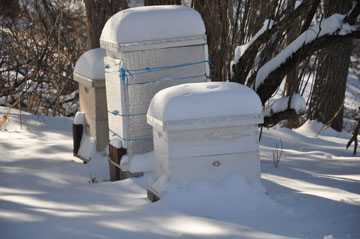




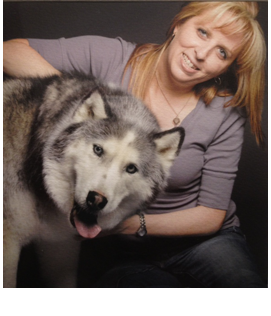 Throughout history wolves have gotten quite a bad rap for being evil, villainous creatures loathed and feared by all mankind. The truth of the matter is while wolves should be respected, as all wild creatures should be, this misconception couldn’t be further from the truth. Most healthy wolves would just as soon avoid any contact with man, and there are very few documented fatal human/wolf encounters in the United States.
Throughout history wolves have gotten quite a bad rap for being evil, villainous creatures loathed and feared by all mankind. The truth of the matter is while wolves should be respected, as all wild creatures should be, this misconception couldn’t be further from the truth. Most healthy wolves would just as soon avoid any contact with man, and there are very few documented fatal human/wolf encounters in the United States. 
 A Tale of
A Tale of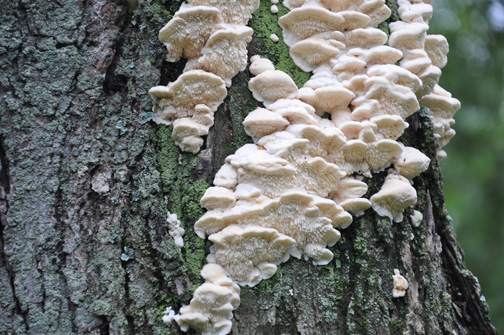 Fascinating Fungi
Fascinating Fungi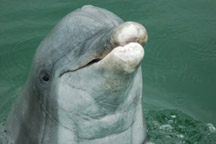
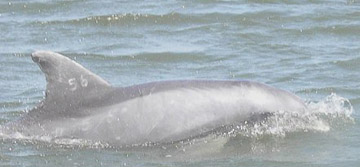 For over three decades this friendly dolphin has been making appearances and turning up the waters up and down the coast from Florida to Maine and continues to interact with boaters, kayakers and surfers with his fame growing. Dolphin 56 has been spotted northward near Sheepshead Bay, New York but spends most of his summer in Virginia, Maryland and Delaware, dazzling boaters. Bottlenose dolphins have an average lifespan of 25 years with a maximum of 50 years. All dolphins and whales are protected by the Marine Mammal Protection Act of 1972 and it is illegal for people to feed, pet, harass or harm these animals. Dolphin 56 is about 43-45 years old and was last spotted in the fall of 2011. The Now That’s Wild team will be looking for Dolphin 56 this summer season and will post any updates.
For over three decades this friendly dolphin has been making appearances and turning up the waters up and down the coast from Florida to Maine and continues to interact with boaters, kayakers and surfers with his fame growing. Dolphin 56 has been spotted northward near Sheepshead Bay, New York but spends most of his summer in Virginia, Maryland and Delaware, dazzling boaters. Bottlenose dolphins have an average lifespan of 25 years with a maximum of 50 years. All dolphins and whales are protected by the Marine Mammal Protection Act of 1972 and it is illegal for people to feed, pet, harass or harm these animals. Dolphin 56 is about 43-45 years old and was last spotted in the fall of 2011. The Now That’s Wild team will be looking for Dolphin 56 this summer season and will post any updates. 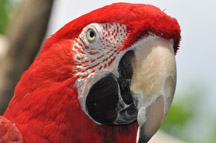 Bird Sense
Bird Sense There's No Place Like Home
There's No Place Like Home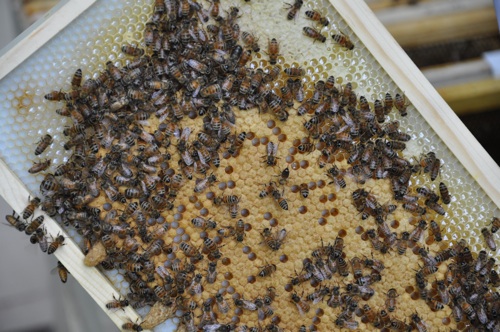 The Bees Who Own Me
The Bees Who Own Me